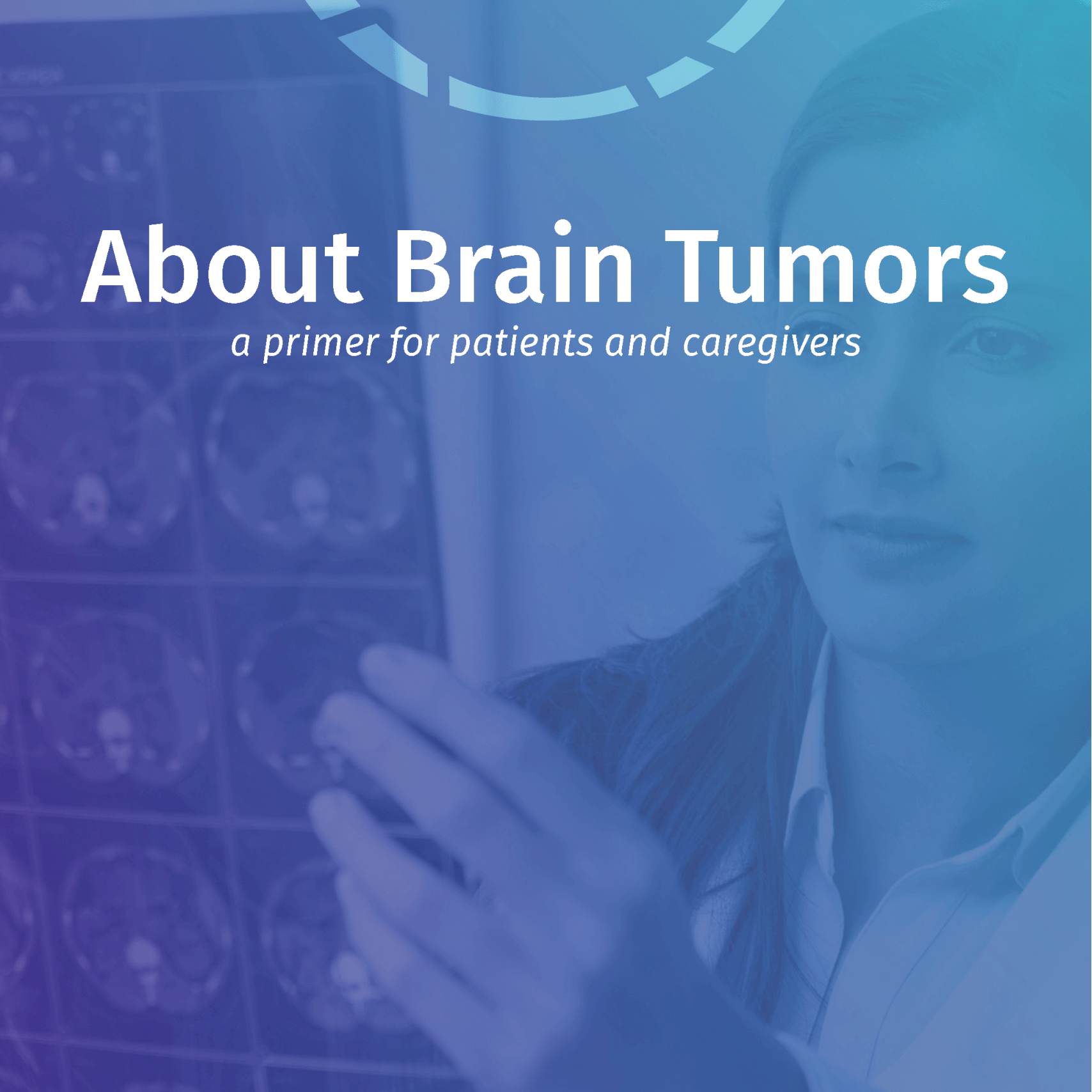For many people facing a brain tumor diagnosis, the journey can feel overwhelming—emotionally, physically, and mentally. But sometimes, the smallest moments of joy can provide immense comfort and healing. That’s exactly why Canine Therapy Corps has been bringing therapy dogs to the ABTA National Conference since 2023.
Amy Condellire, Program and Volunteer Manager of Canine Therapy Corps, spoke to us about how these incredible dogs and their handlers support brain tumor patients, caregivers, and the broader community.
What Is Canine Therapy Corps?
Canine Therapy Corps is a nonprofit organization dedicated to improving people’s lives through goal-directed, interactive animal therapy programs. Their therapy dogs are more than just friendly companions—they are highly trained to provide emotional support, reduce anxiety, and bring comfort to individuals facing health challenges, trauma, or stress.
The ABTA National Conference is just one of many events where Canine Therapy Corps volunteers bring their dogs to make a meaningful impact. Their mission aligns perfectly with ABTA’s goal of supporting and empowering brain tumor patients and caregivers.
Why Therapy Dogs Matter for Brain Tumor Patients
The emotional weight of a brain tumor diagnosis and treatment can be immense. Patients often experience stress, anxiety, and feelings of isolation—especially during long hospital stays or while undergoing intensive treatments. Interacting with a therapy dog can provide a sense of calm, connection, and even a little bit of normalcy during such challenging times.
Studies have shown that animal-assisted therapy can help:
🐾 Lower stress and anxiety levels
🐾 Reduce blood pressure and heart rate
🐾 Provide a sense of comfort and companionship
🐾 Encourage social interaction and communication
🐾 Improve mood and overall emotional well-being
For brain tumor patients attending the ABTA National Conference, a few moments with a therapy dog can provide a much-needed break from the long days of learning, meetings and socializing.
“We are so appreciative of having Canine Therapy Corps at our conference! Everyone loves meeting the dogs as they always add some joy to the otherwise difficult topic of a brain tumor diagnosis. I think we have officially set the expectation of having the therapy dogs attend every year—attendees look for them right away!” -Emily Lippert, ABTA Senior Program Manager
The Role of Therapy Dogs at the ABTA Conference
Each year, Canine Therapy Corps brings therapy dogs like Rosie and Toesy to the ABTA National Conference. These furry companions provide a comforting presence to attendees, creating an atmosphere of warmth, relaxation, and connection.
But have you ever wondered what happens behind the scenes? For example, how do the dogs handle long events? And what if they need a break?
Amy shared some insights:
🦴 Therapy dogs work in two-hour shifts. The dogs are carefully monitored to ensure they don’t get overwhelmed or overstimulated.
🦴 Handlers watch for signs of discomfort. Each therapy dog has its own way of communicating with its handler. If a dog shows signs of needing a break—whether it’s due to exhaustion, anxiety, or even needing to use the bathroom—the handler steps in to advocate for the dog’s needs.
🦴 Dogs and handlers must work as a team. “The test to become a therapy dog is not all about the dog,” Amy explained. “It’s half dog, half handler.” The bond between the volunteer and their dog is crucial to ensuring a smooth and effective therapy session.
🦴 Some dogs need extra care after loud or busy events. Amy recalled a moment at another conference where a loud noise startled a therapy dog. “The dog just couldn’t get back to baseline,” she explained. In these cases, handlers know when it’s time to step outside, take a break, and reset before returning.
The deep understanding between therapy dogs and their handlers is what makes Canine Therapy Corps so effective at providing meaningful emotional support to those who need it most.
How to Get Involved With Canine Therapy Corps
Want to follow the heartwarming work of Canine Therapy Corps? You can find them on Instagram and Facebook, where they share inspiring stories, therapy dog highlights, and updates on their latest events. Even if you’re not in Chicago, you can still be a part of their mission by following along and supporting their work.
🐶 Follow Canine Therapy Corps on Social Media:
📷 Instagram: @CanineTherapyCorps
📘 Facebook: Canine Therapy Corps
If you’re attending the 2025 ABTA National Conference, be sure to keep an eye out to meet these amazing dogs in person. They’re pretty hard to miss. 🐶
The Power of a Paw: Spreading Comfort, One Wag at a Time
Brain tumor patients and caregivers face unimaginable challenges, but even in the hardest moments, small acts of comfort—like a warm nuzzle from a therapy dog—can make a world of difference.
Organizations like Canine Therapy Corps remind us that healing is not just about medicine—it’s about connection, compassion, and emotional support.



























